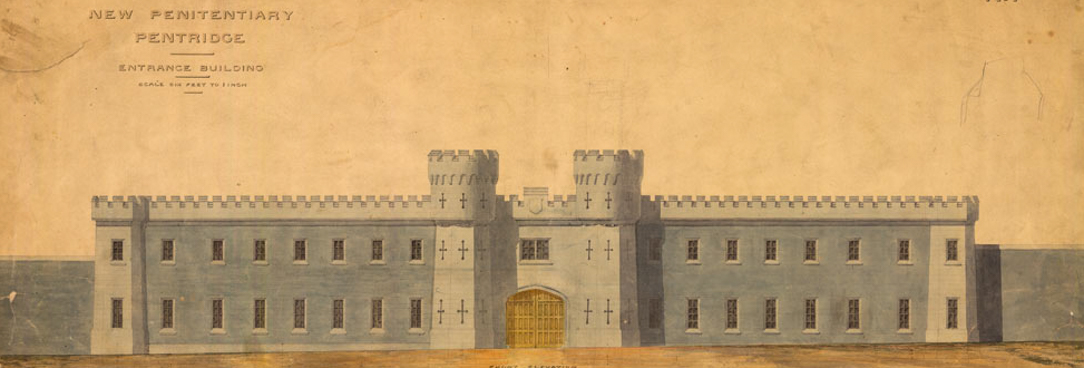Last updated:
What do I need to know?
Children's Courts started operating in 1907. Earlier cases involving children were heard in the same courts as adults. Use the court cases topic page to establish which court a case may have been heard in.
For cases from 1907 onwards, all you need to know is:
• the city, town or suburb in which the court was located
• the year in which the legal action occurred
Note that the majority of records of Children's Courts are closed for a period of 99 years, under Section 9 of the Public Records Act (this will sometimes include records of cases which occurred more than 99 years ago, but are in the same bound volume as more recent cases). Contact the Children's Court of Victoria to apply for access to closed records.
How do I search?
- Start typing the location of the court and locate it in the drop down list. Do not include any other words such as “children”, “court” or “courts”.
- The exception is the Melbourne Children's Court - simply type in “Children's", and select “Children's Court of Victoria”
- Most regional locations have their courts registered simply as, for example, “Warrnambool Courts”. The titles of the records in your search results will tell you whether you’ve found records from the regional location’s Supreme, County, Magistrates or Children's Court.
About these records
These are the records that were created by each individual court for the actions that were initiated and / or heard in it.
Children's courts operated from central locations in Melbourne, as well as in local courthouses throughout metropolitan Melbourne as well as in regional and rural Victoria.
Who created these records?
Each court was required to create records as mandated by legislation or instructions that were issued to court staff. We have children's court records from around 100 different court locations throughout Victoria.
Next Steps
Order records from your search results, and view them in a PROV Reading Room.
What are in these records?
What you’ll find in the records:
The level of detail can vary, but a typical register entry contains:
- the name of the informant or applicant
- the name of the accused or defendant
- age or apparent age of the accused or defendant
- how the defendant was brought to court (arrest warrant or summons)
- court fees due
- nature of the information, charge or application
- the court's decision and order
- remarks (payment of fines or fees is often recorded in the remarks column)
- date of the case.
What you won’t find in the records:
Documentation, typically known as "process": the various legal documents that were required to be lodged with the court for each case. Documentation filed at most Magistrates and County Courts for the 19th and first half of the 20th centuries was destroyed well before the establishment of PROV in 1973. We generally do not hold documentation filed with individual courts; any we do hold is fragmentary.
A specialised Children's Court was established by Victorian state law in 1906, and commenced operating at locations throughout the state from 1907.
Records of cases heard less than 99 years ago are currently closed to protect personal and private information. Contact the Children's Court of Victoria to apply for access.
Newspaper accounts of actions in the Children's Court will contain most, if not all of the information in the court register. Detailed newspaper reports of cases, especially from the nineteenth and early twentieth centuries, were the work of specialist newspaper court reporters who did not have access to court documents.
Material in the Public Record Office Victoria archival collection contains words and descriptions that reflect attitudes and government policies at different times which may be insensitive and upsetting
Aboriginal and Torres Strait Islander Peoples should be aware the collection and website may contain images, voices and names of deceased persons.
PROV provides advice to researchers wishing to access, publish or re-use records about Aboriginal Peoples
